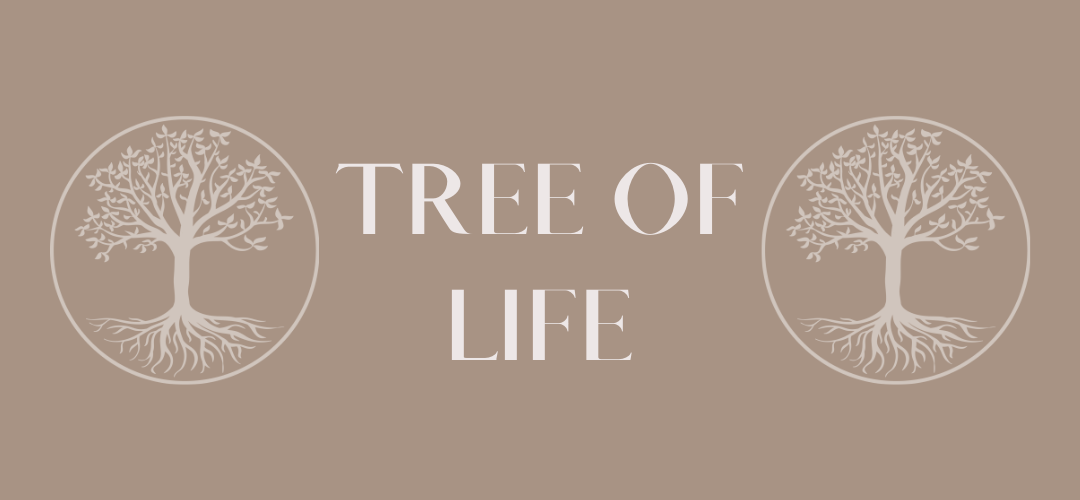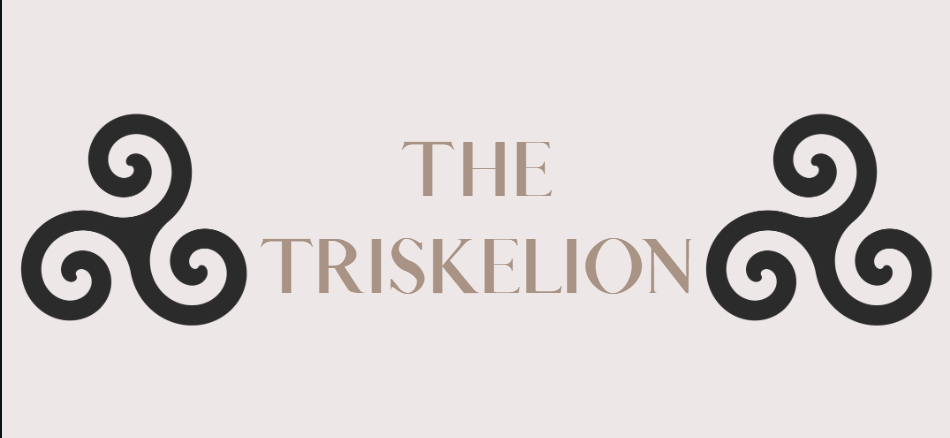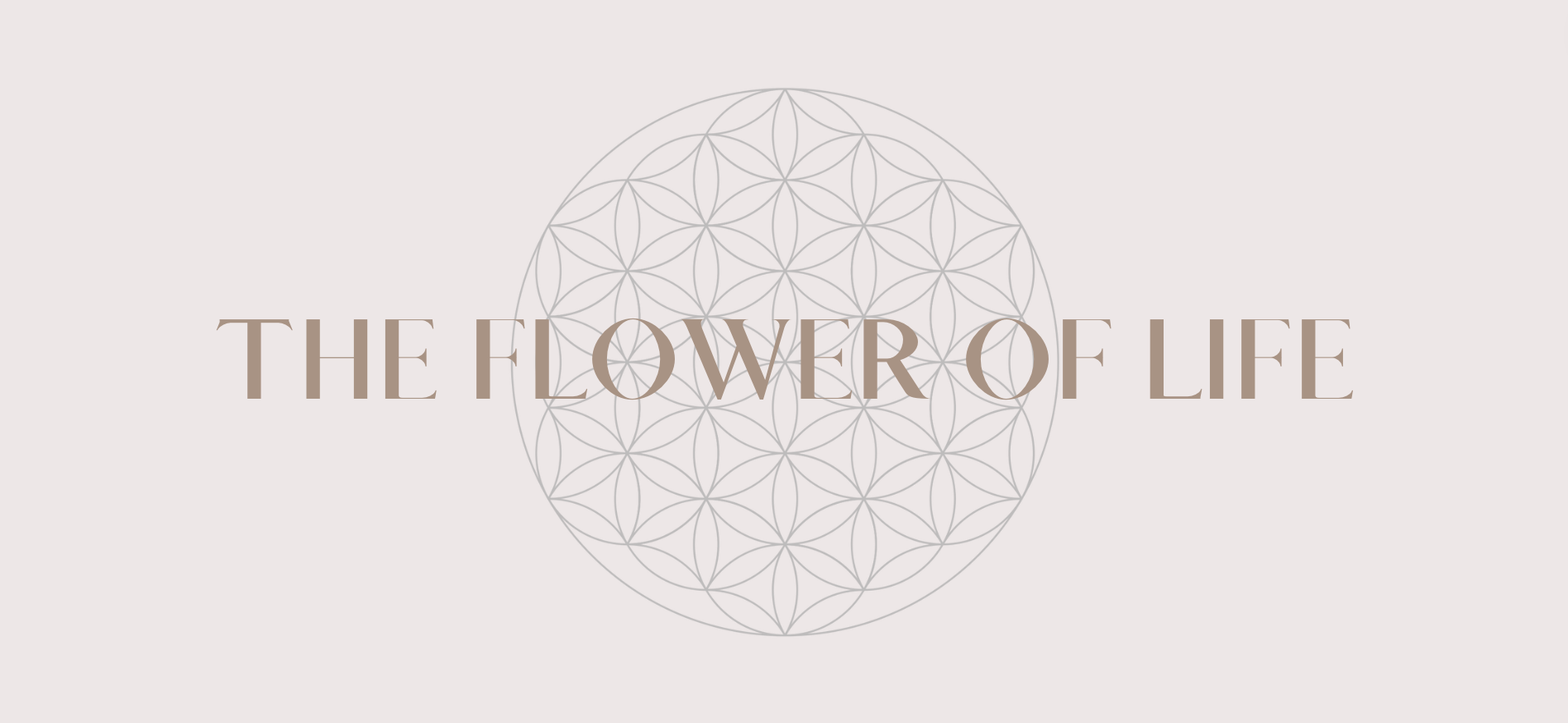Have you ever wondered about the meaning of the tree of life? This iconic symbol has a long history. The tree of life can be found in all cultures, with different themes and meanings. The tree of life is a popular and universal esoteric symbol that represents many different things in various cultures and religions.
This symbol has been represented around the world for centuries without really knowing its origin. It is usually represented as a large tree with extensive branches and roots, rising up and down respectively. In this article, we will review the history and symbolism of this mythical tree.

What is Tree of life ?
The tree of life can be defined as an important spiritual symbol that represents personal growth, strength and beauty. Being directly connected to nature and taking its roots in the ground, it represents the origins of life.
For some, the tree of life is also a metaphor for the evolution of life and genealogical relationships, related to the family tree that refers to our family. The tree of life and its motif are present everywhere: on drawings, tattoos, jewelry or even decorations... But where does the tree of life find its origins?

Tree of Life history
The symbol of the tree of life dates back to ancient times. The oldest known relic was found in the excavations of Domuztepe in Turkey, around 7000 BC. It is believed that the symbol spread from there in various ways.
A similar representation of the tree was found among the Acadians, dating back to 3000 BC. The symbols depicted a pine tree, an immortal tree, whose symbolism echoes the tree of life. Other symbols have been found among Native American peoples and in Norse mythology.
The tree of life also had great significance for the ancient Celts. It represented harmony, balance and wisdom. It was an important symbol in Celtic culture; it is the Celtic tree of life. Legends told that the tree of life had magical powers of blooming to make forests emerge from the earth from a single seed. It was therefore not uncommon for Celtic peoples to leave a single tree standing when clearing their land.
They held their important meetings under this sacred emblem, which occupied an important place in their traditions. Any act of discouragement against this tree was recognized as a crime.

Tree of life meaning
The tree is considered a sacred symbol, which has important meanings in religious and spiritual philosophies. Many relics and necklaces bearing the image of this ancient tree can be found in all cultures. Although the tree of life symbolizes many different things, there are common themes that the symbol represents within many cultures.
- Symbol of universal connection: the tree of life commonly represents the interconnectedness of everything in the universe. It symbolizes unity and reminds everyone that no one is ever alone or isolated. The Tree of Life's roots dig deep and reach into the earth to receive energy from Mother Earth, and its branches reach up into the sky to capture the energy of the sun and moon.
- Symbol of immortality and rebirth: The tree of life is a symbol of life, rebirth and resurrection. Trees shed their leaves during the winter and emerge new buds at the first light of spring. This represents the beginning of a new life and a new beginning. The tree of life also symbolizes immortality, for even as the tree ages, it leaves behind a seed of life that carries its essence so that it will continue to perpetuate itself through new buds.
- Symbol of Family: The Tree of Life symbol also represents the connection to one's family and ancestors. The Tree of Life has many branches and roots that represent how a family grows and spans generations. It also symbolizes fertility, as it continues to grow over time.
- Symbol of peace: Trees have always evoked a sense of calm and peace. It is not surprising then that the tree of life is also a symbol of peace and serenity. Trees, whose leaves flutter in the breeze, have a relaxing presence that reminds us of our origins and anchors us to the energy of the Earth. The tree of life recalls the unique and soothing feeling of purity that comes from putting down roots with nature.
- Symbol of growth and strength: A tree is a universal symbol of life strength and growth. It stands tall and strong throughout the world and extends its roots deep into the ground to stabilize itself. Trees can withstand the most violent storms, which is why they are such an important symbol of strength. The tree of life also represents the growth of a sapling and develops into a tall, strong tree. As the tree grows, it expands in size and width, symbolic of how we grow physically and intellectually throughout our lives.
- Symbol of distinction: The tree of life symbolizes the individuality of each person, as all trees are unique, with branches growing in different places and directions. It symbolizes a person's personal growth into a unique being, drawing on personal experiences to grow and strengthen one's uniqueness. Like the tree of life whose branches break off over time and are reborn as new branches, each individual grows and evolves throughout their life.
Tree of life symbol
Many cultures have different mythologies regarding the tree of life. References to the symbol have been found in Ancient Egypt, ancient Iran, ancient Mesopotamia and many other places. The symbol was widely recognized and used in ancient cultures, so it is difficult to determine its exact origins and how it spread throughout the world.
- Christianity: The tree of life is mentioned in the Bible in the book of Genesis. It is the tree that grows in the Garden of Eden and is the source of eternal life. There are several meanings behind the symbol of the tree of life in Christianity. Some believe it is a symbol of humanity being freed from corruption and sin, while others believe it represents love. It is believed that the tree has healing properties and that its fruit confers immortality.
- Buddhism: In Buddhism, the tree of life is known as the Bhodi tree and is considered the tree of enlightenment. It was under this tree that the Buddha attained enlightenment and is therefore considered a very sacred symbol.
- Celtic beliefs: The tree of life is still an important symbol in Celtic beliefs and is represented in many forms. They believe that the roots represent the "other world", that the trunk represents the mortal world which connects the roots and the branches, which represent the heavens.
- Islam: The tree of life is known as the tree of immortality in the Koran.








